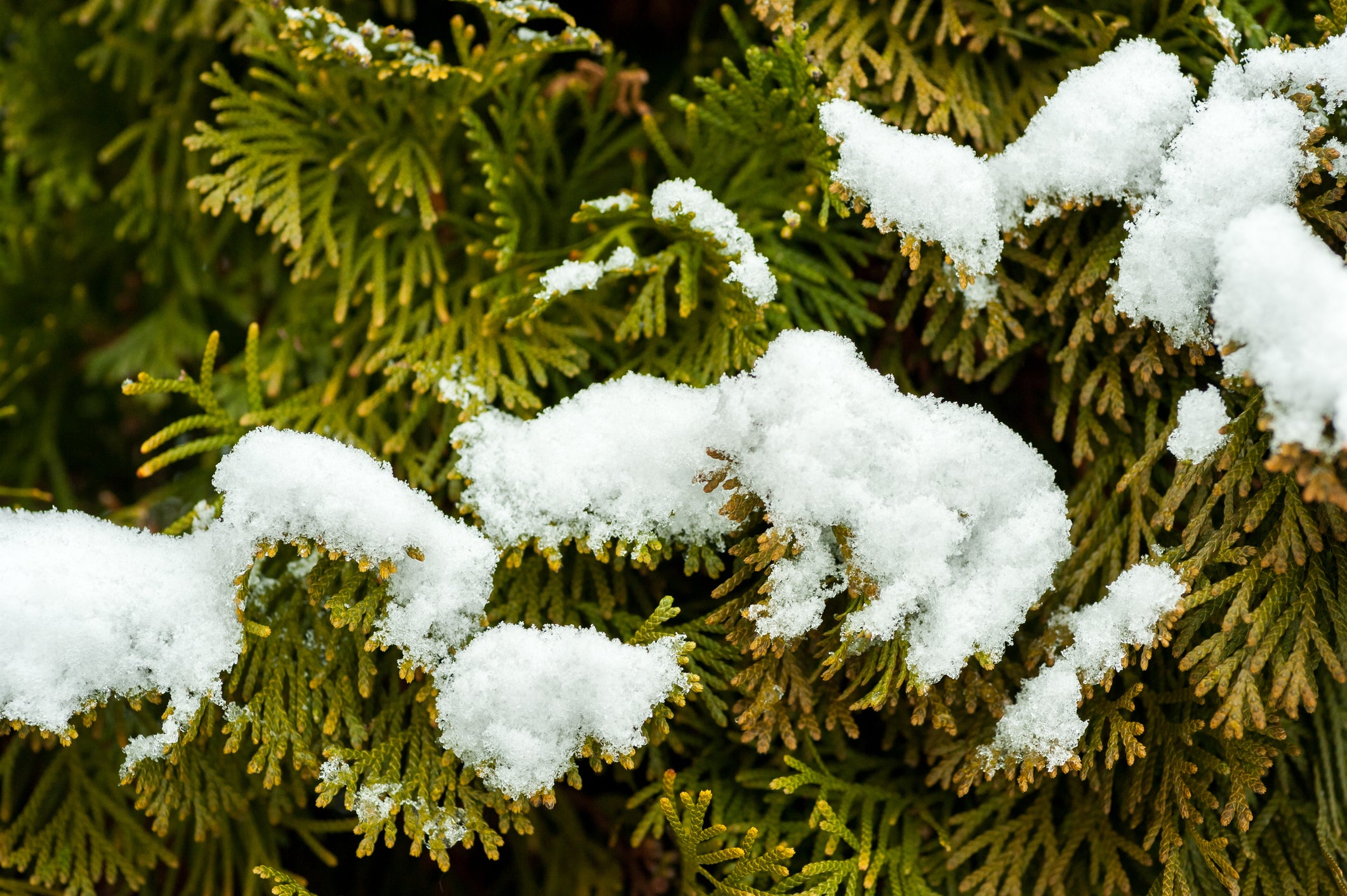In the Pacific Northwest, November marks the transition into the colder, wetter months of the year. While many plants shed their leaves and go dormant during this season, there's a way to keep your garden vibrant and full of life: evergreen plants. These hardy beauties stay lush and green all year round, providing a touch of color and life to your garden, even in the grayest of days. We’ll guide you through choosing and caring for evergreen plants in the November Pacific Northwest, ensuring your garden remains a vibrant oasis of green.
Choosing the Right Evergreen Plants
When selecting evergreen plants for your Pacific Northwest garden in November, it's crucial to consider a few key factors. The Pacific Northwest is known for its diverse microclimates. Take note of your specific location's conditions, including sun exposure, wind patterns, and average temperatures. This will help you choose evergreens that thrive in your area. Different evergreen species have varying soil preferences. Test your soil or consult with a local nursery to determine its pH and composition. This will help you select plants that will flourish in your garden.
Consider the mature size of the evergreen plants you're interested in. You don't want them to outgrow their space and create problems later. Think about the purpose of the evergreens in your garden. Are they for privacy, year-round color, or simply to provide structure and interest? This will influence your plant choices. Native and locally adapted evergreen species tend to be more resilient and require less maintenance. They are also beneficial for local wildlife.

Some excellent evergreen plant options for the Pacific Northwest include:
- Oregon Grape (Mahonia aquifolium): This native shrub offers striking yellow flowers in early spring and attractive foliage throughout the year.
- Rhododendrons: Rhododendrons come in various sizes and colors, offering vibrant blooms in the spring and lush greenery year-round.
- Arborvitae (Thuja occidentalis): These tall, slender trees or shrubs provide excellent privacy screening and stay green throughout the year.
- Winter Camelia (Camellia japonica): Winter camellias are fall and winter blooming (October-January), broadleaf, hardy evergreen shrubs.
- Hellebores (Helleborus): Produces beautiful white flowers and brilliant green foliage that lasts through winter. It is easy to care for and can thrive in cooler temperatures.
Caring for Evergreen Plants in November
Caring for evergreen plants in the Pacific Northwest during November is about ensuring they have the best chance of thriving through the upcoming winter months:
- Watering: Continue to water your evergreens regularly, especially if the fall has been dry. Proper hydration helps them endure the winter without becoming stressed.
- Mulching: Apply a layer of mulch around the base of your evergreen plants. This helps retain moisture, insulates the roots, and protects them from cold temperatures.
- Pruning: Light pruning can be done in November to remove any dead or diseased branches. However, avoid heavy pruning during this season.
- Protection from wind: Evergreen plants can be vulnerable to strong winter winds. Consider providing windbreaks, such as fences or burlap screens, to shield them.
- Fertilization: Avoid fertilizing evergreens in late fall. Wait until spring to apply a balanced, slow-release fertilizer.
- Pest and disease monitoring: Keep an eye out for common pests and diseases that affect evergreens in your region. Early detection can prevent infestations from spreading.
- Snow removal: If heavy snowfall occurs, gently brush off snow from the branches of your evergreens to prevent damage.
In the Pacific Northwest, evergreen plants are a valuable addition to any garden, offering year-round color and structure. By selecting the right evergreen species for your specific conditions and following proper care guidelines, you can enjoy a lush and vibrant garden even in the gray days of November. Remember that November is an excellent time to plan, plant, and prepare your evergreens for the winter ahead, ensuring they remain a source of beauty and resilience in your garden throughout the year.

Leave a comment